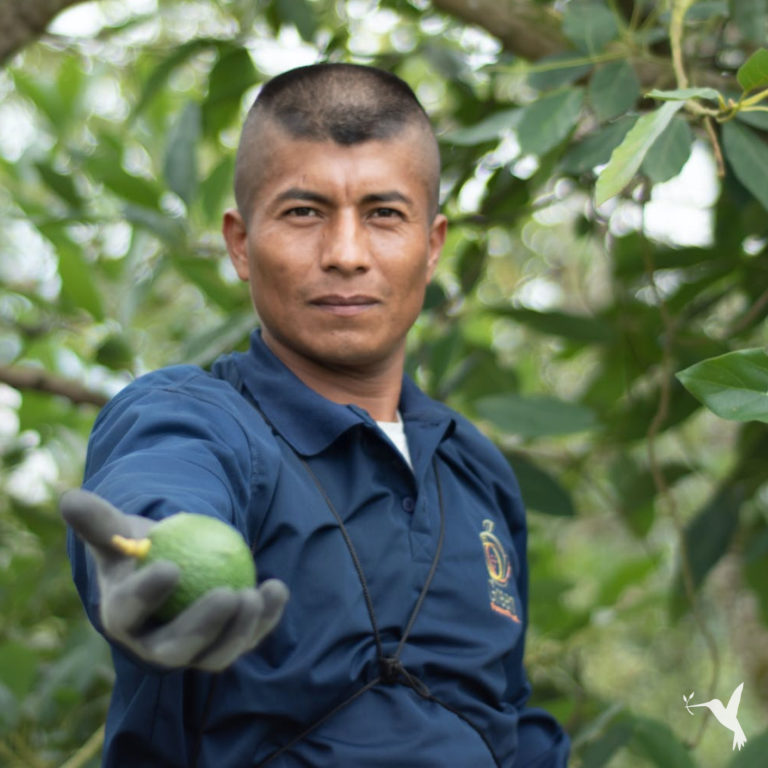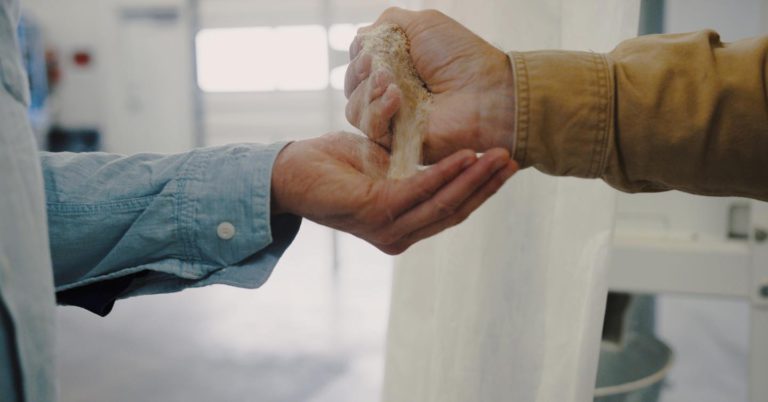Carbon Insetting vs Carbon Offsetting: What You Need to Know
The Ins & Outs of Carbon Insetting vs Offsetting
The urgent warnings have reached us all. It is time that we, as a collective, do something to confront our carbon emissions and the resulting climate crisis. Our complex and interconnected systems rely on coal for power and create massive carbon emissions and so far, we haven’t come up with a quick or easy systemic solution. The good news is that we do have a lot of innovative practices, wide ranging knowledge, and societies full of creative people who care about the future of the planet.
From going vegan to riding a bicycle to carbon credits, many solutions have been suggested. Is there one that is the best? And what is the difference between carbon insetting vs offsetting? From carbon finance markets to carbon insetting and offsetting, we’re here to explain it for you.
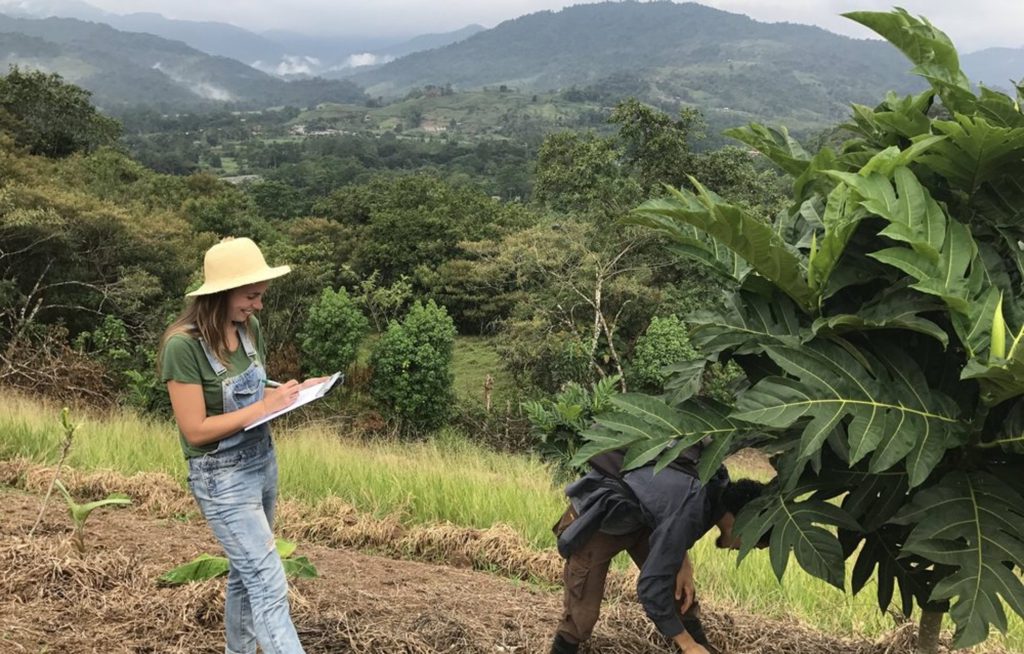
Carbon Finance Markets: Only a Small Part of the Solution
An entire market based on offsetting carbon has evolved in recent years. What is carbon offsetting? It is when companies can buy carbon credits from other companies who are actively decreasing emissions, thereby supporting their work and less directly mitigating climate change. This carbon finance market allows big companies and organizations to buy, sell, and trade carbon credits. It is an interesting idea. On the one hand, it incentivizes some organizations to continue their climate-sustaining work. On the other hand, it incentivizes other companies to do less and merely buy the credit, or good work, of others.
The scramble to solve climate change will continue until organizations start decarbonizing their own value chains to include more nature-positive solutions and operations. Carbon offsetting can continue to be an incentivizing tool, but it can’t be considered a substitute for direct emissions reductions and beyond that, regenerating practices that actually work in harmony with the earth.
What we need is an inherently more constructive approach to carbon emission mitigation.
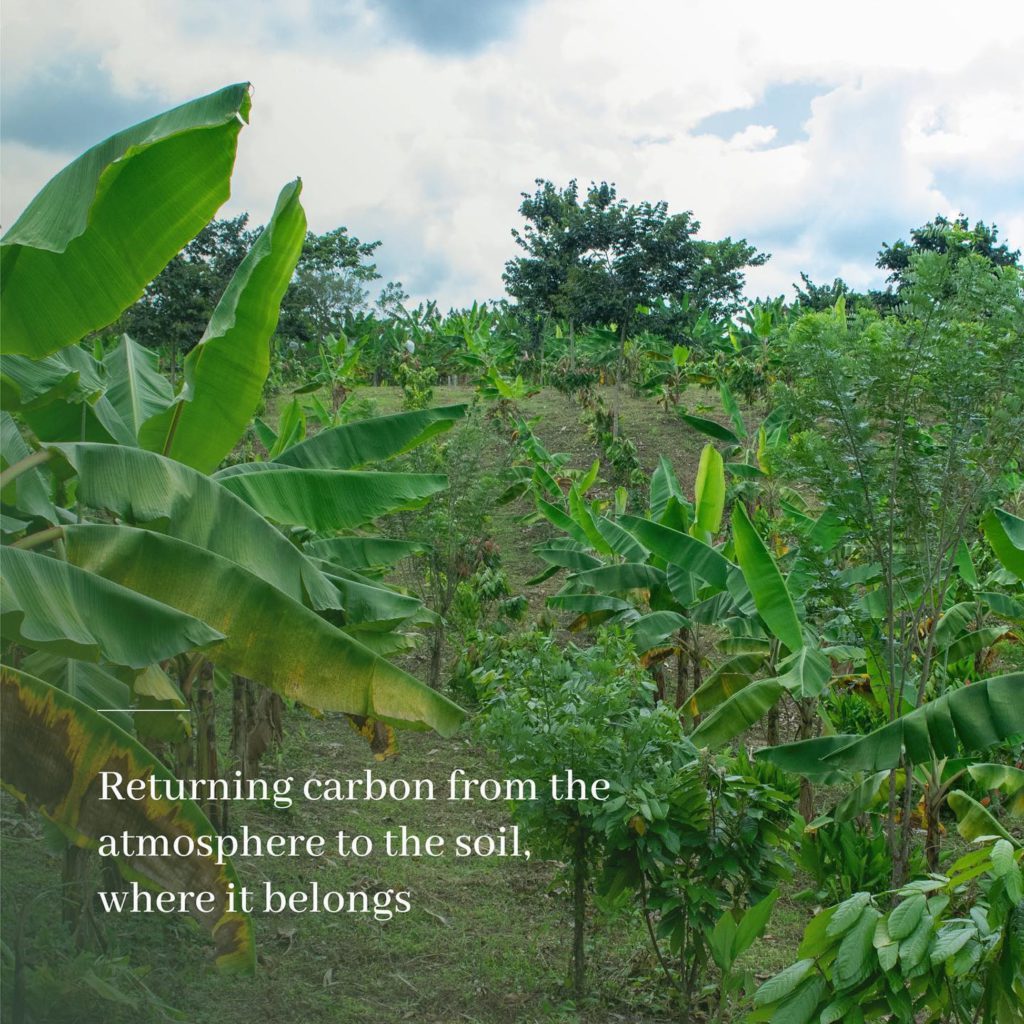
Carbon Insetting: A Harmonizing Approach
Carbon insetting describes the implementation of nature-based solutions such as reforestation, agroforestry, renewable energy, and regenerative agriculture. Basically, carbon insetting means to do more good rather than doing less bad.
Most carbon management frameworks focus on acknowledging destructive practices and reducing or covering up their negative impacts. However, insets give us an opportunity to focus on a healthier, more regenerative reorganization of processes and technologies.
To practice insetting, companies evaluate their carbon emissions and then actively take steps to reduce their climate and environmental footprint. How? They implement impactful socio-environmental projects and use them to build a sustainable value chain and ultimately, a sustainable society.
Ideally, insetting activities should also improve the livelihoods of Indigenous communities, and all humans along the supply chain, as a result.
In short, insetting is about harmonizing companies with nature.
How Can a Company Initiate Carbon Insetting?
To begin with, a company should evaluate its own supply chain to identify major problem areas in terms of GHG emissions. Unsurprisingly, the main hotspot is often their source of energy. As such, investing in renewable energy technologies such as solar or wind may be a good starting point.
What other specific actions can companies take? It often depends on what they do or produce.
For example, a clothing company may commit to reducing or completely eliminating use of coal-generated heat or energy. They may incorporate circular processes such as recycling fabrics and reducing waste, and even reducing air travel by team members to minimize their travel emissions footprint.
A food company may set a goal for tree planting and work with farmers to build a reforestation plan.
Now here is the most interesting part for those of us working in agriculture, technology, and innovation. When we break it down, the actual practices of carbon insetting don’t sound too far off from the practices of regenerative agriculture. Furthermore, it sounds a lot like the traditional knowledge and land management practices of many Indigenous cultures, as many of these focus on the same work of harmonizing with natural processes.
Even better? We happen to know a lot of producers who are either Regenerative Organic Certified, on their way to becoming certified, or at least incorporating many of these insetting practices into their work by design. From farmers to clothing brands to skin care—we are connected with a number of inspiring producers around the world who are already doing this work. And since you’re here, you are connected with them too.
Here are a few examples of producers who are especially inspiring—and committed to regenerating our earth via insetting practices:
Ancestral Organics is Colombia-based brand that uses ancestral knowledge to create superfood products in ways that are healthy for the environment and farmers. Among many social and nature-positive processes, one of their main goals is to create healthier soils and transform the agriculture system into one that is less destructive.
Kaia Moda Sostentable is a clothing brand in Mexico that uses sustainable textiles and promotes zero-waste processes. They recognize that fashion has been a silent polluter for years–and they aim to break the silence and keep the style.
Sol Simple is a company in Nicaragua that produces dried fruits. They focus on integrating age-old regenerative farming methods with modern organic practices to draw carbon into healthy soil, ensure climate change resilience, and work towards climate migration mitigation.
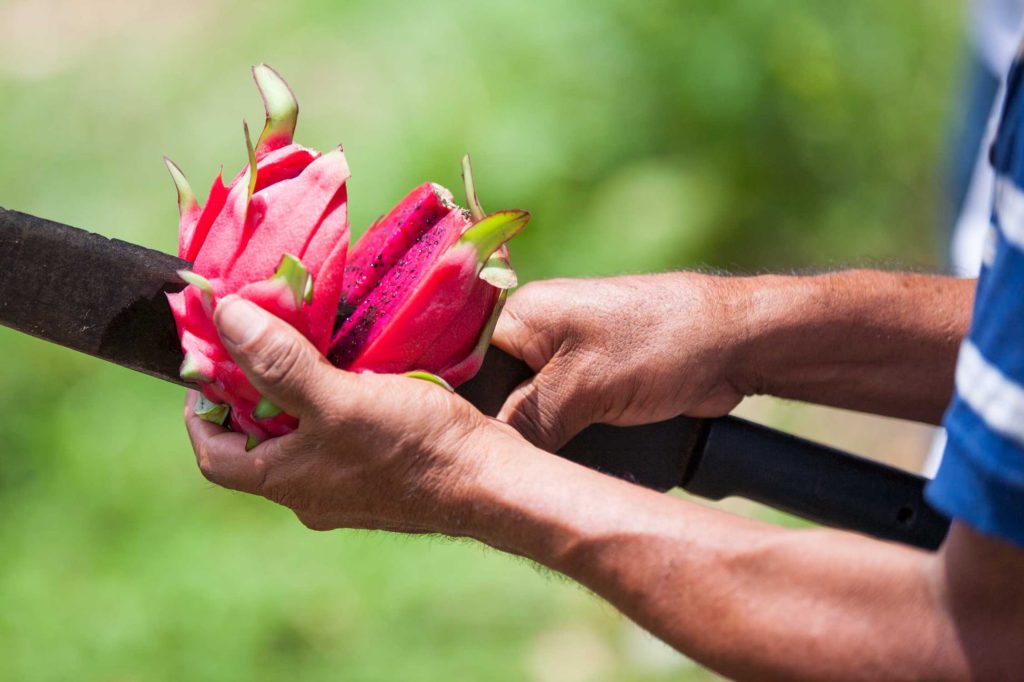
Jungle Project in Costa Rica is another truly inspiring initiative. They are simultaneously training small farmers in regenerative techniques, working to end food insecurity, and creating markets and supply chains from the ground up for breadfruit, a nutrient-dense crop of the tropics. In tackling food insecurity, they are implementing agroforestry systems that improve soil quality and watersheds, reduce CO2, offer climate change resilience to communities, and provide food and shelter to pollinators and seed dispersers
These are just a few brands using insetting practices to guide their work.
On our end, we offer many tools and resources to the producers in our network. One such tool is StoryBird, which enables producers to showcase practices such as these and empowers consumers to make informed choices based on traceable information. And beyond that, we are a carbon insetting platform tackling supply chain issues from various angles.
Is insetting a cure all for climate change? Maybe nothing is. But it does offer a lot of space for experimentation with many solutions. And it doesn’t mean that we have to pit it against offsetting in an insetting vs offsetting debate. The ideal would be that both practices lead to positive outcomes for businesses, individuals, the earth, and all of us who are sharing this space and time together.
Browse our marketplace for more StoryBirds and discover StoryBird features here!
